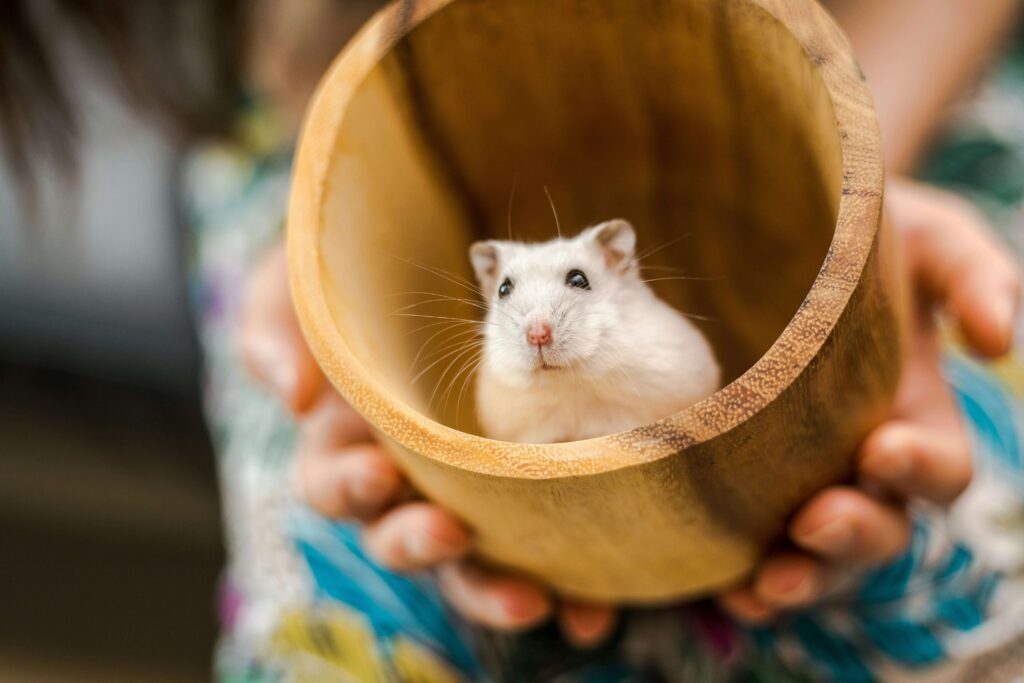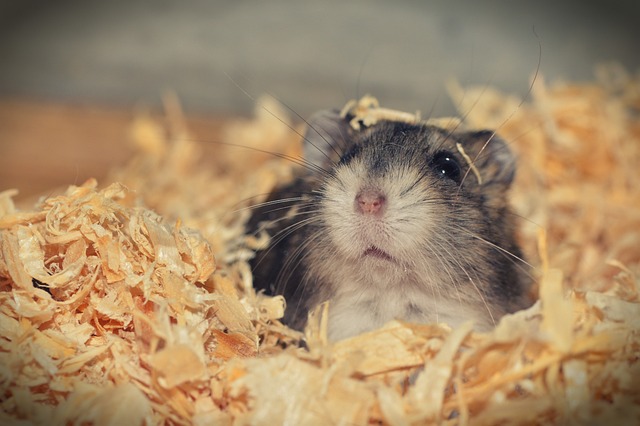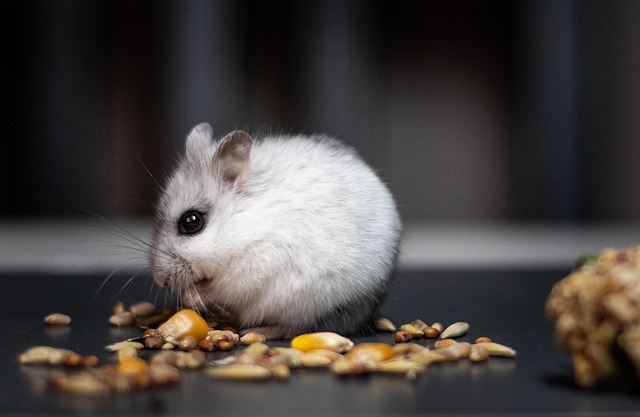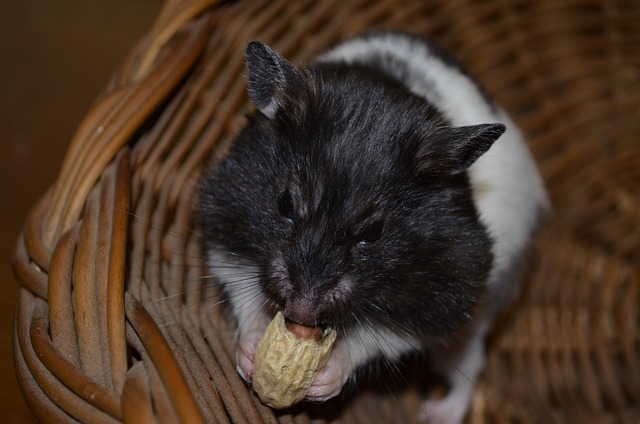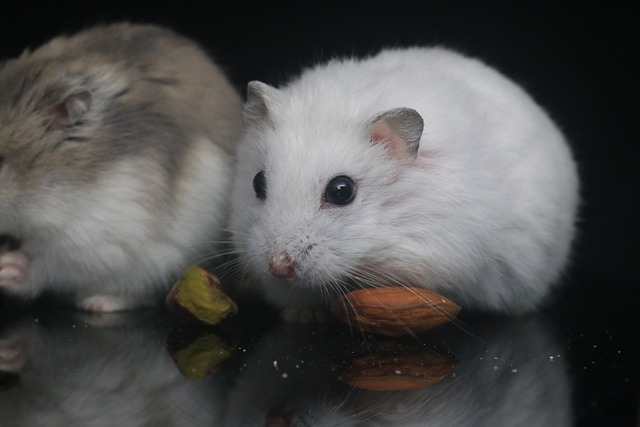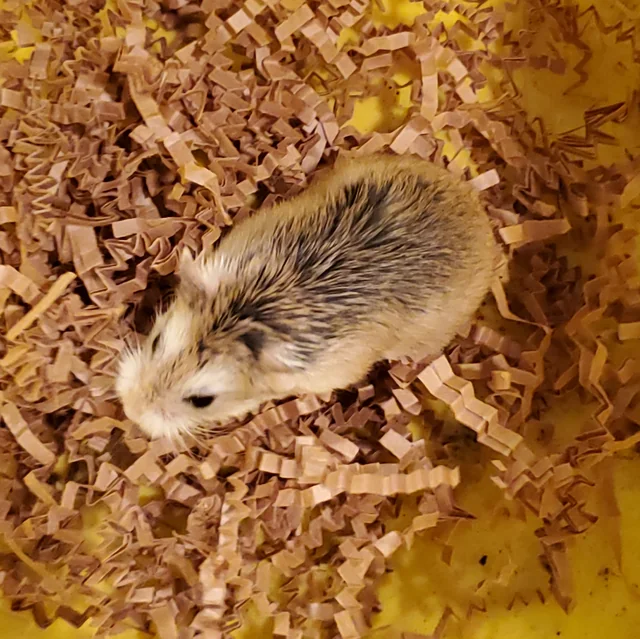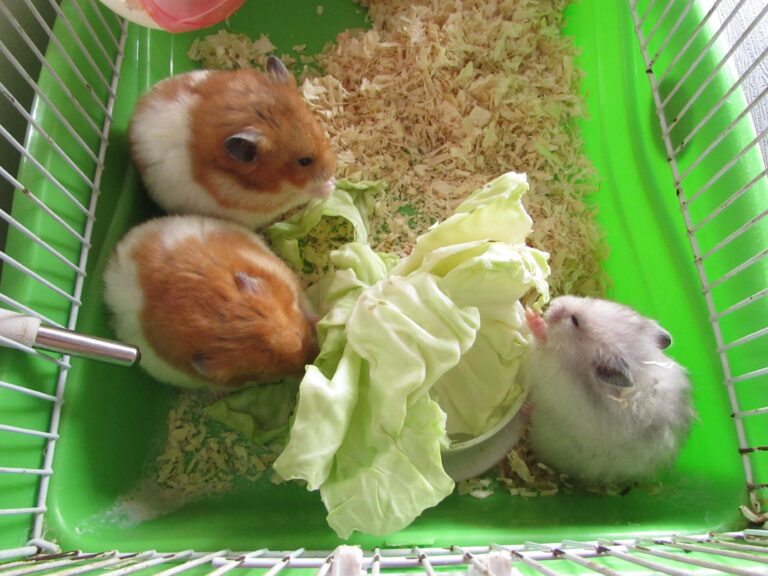Disadvantages Of Having A Hamsters – Hamsters.pk
High Maintenance and Frequent Cleaning Required
Hamsters may be small and cute, but they require a significant amount of care and attention to keep them healthy and happy. One of the primary disadvantages of owning a hamster is the high level of maintenance and frequent cleaning that is necessary to maintain a suitable living environment for your furry friend.
Cage Cleaning and Maintenance
Hamsters are known for their love of burrowing and nesting, which means that their cages can quickly become cluttered and dirty. To keep your hamster’s living space clean and hygienic, you will need to perform regular cage cleanings. This involves removing soiled bedding, wiping down the cage and accessories, and replacing the bedding with fresh material. Depending on the size of the cage and the number of hamsters you have, this process can be time-consuming and needs to be done at least once a week.
Proper Bedding and Nesting Materials
In addition to frequent cage cleanings, hamsters require specific types of bedding and nesting materials to ensure their comfort and well-being. Avoid using cedar or pine shavings, as these can be harmful to your hamster’s respiratory system. Instead, opt for safe and absorbent materials such as paper-based bedding or aspen wood shavings. You will also need to provide your hamster with ample nesting materials, such as shredded paper or cotton, to satisfy their natural instincts to burrow and create cozy sleeping areas.
Food, Water, and Toy Maintenance
Hamsters have specific dietary requirements and need a constant supply of fresh food and water. This means that you will need to regularly check and replenish their food and water dishes to ensure they have access to the proper nutrition. Additionally, hamsters require a variety of toys and accessories to keep them mentally stimulated and physically active. These items, such as exercise wheels, chew toys, and tunnels, need to be cleaned and inspected regularly to ensure they are safe and functioning properly.
Monitoring Health and Hygiene
As a responsible hamster owner, you will need to closely monitor your pet’s health and hygiene. This includes regularly checking for signs of illness, such as lethargy, diarrhea, or loss of appetite, and addressing any issues promptly. You will also need to keep an eye on your hamster’s teeth, as they grow continuously and may require trimming if they become overgrown. Regularly grooming your hamster and trimming their nails can also help maintain their overall health and hygiene.
Owning a hamster can be a rewarding experience, but it is important to understand the level of maintenance and cleaning required to provide them with a healthy and comfortable living environment. By being prepared for the time and effort needed to care for your hamster properly, you can ensure that your furry friend thrives under your care.
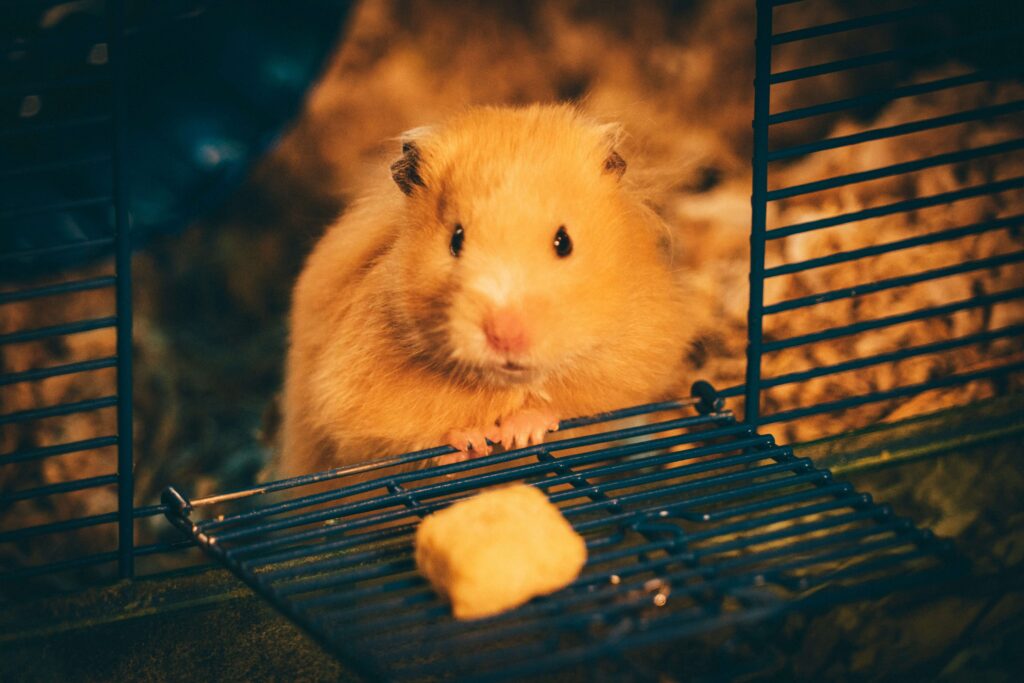
Short Lifespan and Emotional Attachment
When considering a pet hamster, it’s crucial to understand that their lifespan is relatively short compared to other common pets. This short lifespan can lead to emotional challenges for pet owners who form strong bonds with their furry companions. In this article, we’ll explore the impact of a hamster’s short lifespan and the emotional attachment that often develops between hamsters and their owners.
The Average Lifespan of a Hamster
Hamsters typically live between 2 to 3 years, with some species having slightly longer lifespans. For example, the Roborovski hamster has an average lifespan of 3 to 4 years, while the Syrian hamster usually lives around 2 to 3 years. Compared to other popular pets like cats and dogs, which can live well over a decade, the lifespan of a hamster is considerably shorter. This means that hamster owners must be prepared for the emotional impact of losing their beloved pet within a few short years.
Forming Strong Emotional Bonds
Despite their small size and relatively short lifespan, hamsters can form strong emotional bonds with their owners. These tiny creatures have unique personalities and can be affectionate, playful, and engaging. As a result, many hamster owners find themselves deeply attached to their pets, investing time and effort into providing them with the best possible care and attention. This emotional bond can make the loss of a hamster particularly challenging, as owners may feel a profound sense of grief and sadness when their furry friend passes away.
Coping with Loss and Grief
Losing a beloved hamster can be a difficult and emotional experience. It’s important for hamster owners to acknowledge and process their feelings of grief and loss. Some coping strategies include:
- Allowing yourself to grieve: Recognize that it’s normal to feel sadness, anger, or even guilt after losing a pet. Give yourself permission to experience these emotions and take the time you need to heal.
- Seeking support: Reach out to friends, family, or online communities who understand the bond between pets and their owners. Sharing your feelings and memories of your hamster can help you work through your grief.
- Memorializing your hamster: Consider creating a memorial for your hamster, such as a photo album, scrapbook, or even a small ceremony to honor their life and the joy they brought you.
Deciding to Get Another Hamster
After losing a hamster, some owners may feel ready to welcome a new furry friend into their lives, while others may need more time to heal. It’s important to make this decision based on your emotional readiness and not feel pressured to “replace” your lost pet. If and when you decide to get another hamster, remember that each animal is unique and will have its own personality and quirks. Embrace the opportunity to form a new bond while cherishing the memories of your previous companion.
Understanding the short lifespan of hamsters and the emotional attachment that can develop is an essential aspect of responsible pet ownership. By being prepared for the inevitable loss and having coping strategies in place, hamster owners can navigate the challenges of saying goodbye to their beloved pets while still appreciating the joy and love they brought to their lives.
Nocturnal Behavior and Potential Sleep Disturbances
When considering a pet hamster, it’s essential to understand their natural sleep patterns and how they may impact your daily life. Hamsters are nocturnal animals, meaning they are most active during the night and sleep during the day. This behavior can lead to potential sleep disturbances for both the hamster and its owner. In this article, we’ll explore the nocturnal nature of hamsters and the challenges it may present.
Understanding Hamsters’ Nocturnal Nature
In the wild, hamsters are prey animals and have evolved to be most active during the night when predators are less likely to be active. This instinctive behavior persists in pet hamsters, who will typically sleep during the day and become more active and playful as the sun sets. Hamsters may sleep for up to 12-14 hours during the day, waking up periodically to eat, drink, or groom themselves before returning to sleep.
Potential Sleep Disturbances for Owners
As a result of their nocturnal schedule, hamsters can create noise and disturbances that may interfere with their owners’ sleep. Some common nocturnal behaviors that may cause sleep disturbances include:
- Running on exercise wheels: Hamsters love to run and will often spend a significant portion of their waking hours on their exercise wheel. The sound of the wheel spinning can be loud and disruptive, especially if the hamster’s cage is located in or near a bedroom.
- Chewing and gnawing: Hamsters have a natural instinct to chew and gnaw on objects to keep their continuously growing teeth filed down. This chewing behavior can create noise, particularly if the hamster is gnawing on metal bars or hard plastic accessories.
- Rearranging their habitat: Hamsters are known for their love of burrowing and nesting. During the night, they may spend time rearranging their bedding, moving food stores, or digging tunnels, which can create rustling and shuffling noises.
Minimizing Sleep Disturbances
To minimize the potential sleep disturbances caused by a hamster’s nocturnal behavior, consider the following tips:
- Locate the cage strategically: Place your hamster’s cage in a room that is not used for sleeping, such as a living room or home office. This will help reduce the noise that may interfere with your sleep.
- Provide a quiet exercise wheel: Invest in an exercise wheel designed to minimize noise, such as those with enclosed, solid surfaces or made from quiet materials like wood or plastic.
- Offer appropriate chewing toys: Supply your hamster with plenty of safe, chewable toys and accessories to help minimize the noise created by gnawing on cage bars or other loud objects.
- Create a comfortable sleeping environment: Ensure your hamster has ample bedding material and a cozy, enclosed space to sleep in during the day. This will help promote restful sleep for your pet and may reduce excessive daytime activity.
Adjusting to Your Hamster’s Schedule
While it may not be possible to completely align your schedule with your hamster’s nocturnal nature, you can still find ways to bond and interact with your pet. Set aside some time in the early evening or late at night to play with, handle, and observe your hamster when they are most active. This will not only strengthen your bond but also provide your hamster with the social interaction and exercise they need.
Understanding your hamster’s nocturnal behavior and the potential sleep disturbances it may cause is crucial for both your and your pet’s well-being. By taking steps to minimize disruptions and adjusting your schedule to accommodate your hamster’s natural rhythms, you can create a harmonious living environment that benefits both you and your furry companion.
Limited Interaction and Socialization Opportunities
When considering a pet hamster, it’s important to understand that these small, solitary animals have limited opportunities for interaction and socialization compared to other popular pets like dogs or cats. While hamsters can form bonds with their owners, they are not typically as responsive or engaging as larger, more social animals. In this article, we’ll explore the limitations of interaction and socialization with pet hamsters and how to manage expectations as a hamster owner.
Solitary Nature of Hamsters
In the wild, most hamster species are solitary animals, living and foraging alone. This solitary nature is also evident in pet hamsters, who generally prefer to live alone and may become stressed or aggressive when housed with other hamsters. Exceptions to this rule include dwarf hamster species, which can sometimes be kept in same-sex pairs or small groups if introduced at a young age. However, even in these cases, close monitoring is necessary to ensure the hamsters are compatible and not displaying signs of stress or aggression.
Limited Responsiveness to Human Interaction
Due to their solitary nature and natural instincts, hamsters may not be as responsive to human interaction as other pets. While they can learn to tolerate and even enjoy gentle handling, they may not seek out attention or affection in the same way as a dog or cat. Hamsters have a relatively short attention span and may become easily distracted or disinterested during playtime. Additionally, they may be more active and responsive during the evening and night due to their nocturnal nature, which can limit opportunities for interaction during typical human waking hours.
Socialization and Taming
Despite their limited responsiveness, hamsters can still benefit from regular socialization and taming. This process involves gradually acclimating your hamster to human touch and interaction through short, positive handling sessions. Some tips for socializing and taming your hamster include:
- Start slowly: Begin by allowing your hamster to become comfortable with your presence near their cage. Speak softly and avoid sudden movements that may startle them.
- Offer treats: Use small, healthy treats to encourage your hamster to approach your hand and associate your presence with positive experiences.
- Keep sessions short: Limit handling sessions to a few minutes at a time, gradually increasing the duration as your hamster becomes more comfortable.
- Respect your hamster’s boundaries: If your hamster appears stressed or tries to escape during handling, gently return them to their cage and try again later.
Providing Enrichment and Stimulation
While hamsters may not be as interactive as other pets, they still require mental stimulation and physical activity to maintain their well-being. Providing a variety of toys, puzzles, and enrichment activities can help keep your hamster engaged and prevent boredom. Some ideas for hamster enrichment include:
- Exercise wheels and balls: Hamsters love to run, and exercise wheels and balls provide an outlet for this natural behavior.
- Tunnels and hideouts: Offer your hamster a selection of tunnels, tubes, and hideouts to explore and use for shelter.
- Chew toys: Wooden chew toys and hay-based chews help keep your hamster’s teeth filed down and provide mental stimulation.
- Foraging toys: Hide small amounts of food in puzzle feeders or scatter them throughout the cage to encourage natural foraging behaviors.
Understanding the limited interaction and socialization opportunities with pet hamsters is essential for setting realistic expectations and providing appropriate care. By respecting your hamster’s solitary nature, providing gentle socialization, and offering a stimulating environment, you can ensure your hamster leads a happy and healthy life, even if they may not be as interactive as other pets.
